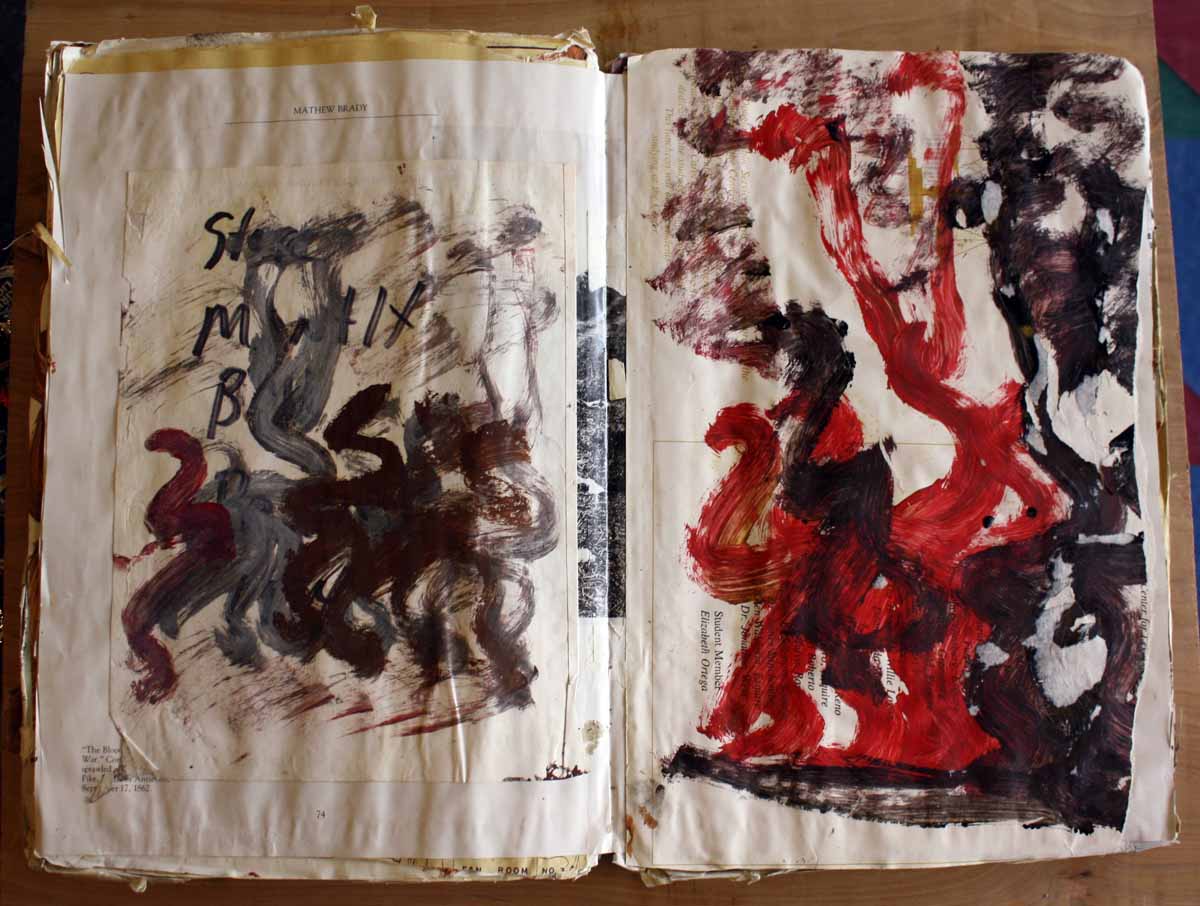“The post-colonial essay. It is a charge that does not always permit a defence: style, literary style, possessing it. J.M. Coetzee, the South African-born novelist and critic, has it, a scrubbed, laconic mode of address that grew out of his mathematical fascination with Samuel Beckett and ‘the rather positivistic optimism in which I had been brought up’, as he puts it in Doubling the Point (1992). John Updike, that embodied version of the mellifluous and patrician voice one associates with The New Yorker, described Coetzee’s prose as ‘austere’, ‘penetrating’ and ‘astringent’. James Wood – another sonorous New Yorker critic, even if I don’t always agree with him – has described it as ‘chaste, exact, ashen’. Similarly, Okwui Enwezor, whose background as a poet lent his early writings brio and panache, has also commented on Coetzee’s ‘dry, standoffish writing’, describing it as ‘bloodless and ‘cauterized’. Which leads me to Imraan Coovadia, a Cape Town writer who, in his new book of essays, Transformations (2012), pays the master a cool compliment.
‘Coetzee,’ writes Coovadia – an elegant, ranging, occasionally argumentative prose stylist – ‘is at his best as a reader.’ Coetzee, he says ‘never urges you to read a book, or to entertain an idea, and advances only the sparest terms of praise and blame, beauty and repulsion’. In other words, Coetzee is not Geoff Dyer. Which – at least for me – is a good thing: the slippery beauty of criticism lies in its multiplicity. It can be a series of enraptured rambles – through the ruins of Detroit or Andrei Tarkovsky’s Zone, as Dyer has beautifully and artlessly offered – or a joyless liturgy on other people’s creativity that nonetheless engages, fulfils, and – yes, as Coetzee seeks – edifies. But I didn’t mean to write an extended medi-tation on Coetzee, even if the Nobel Laureate’s warnings about the confluence of triumphal suspiciousness and criticism should be on the syllabus of every art criticism course: ‘a demystifying criticism privileges mystifications. It becomes like Quixote scouring the plains for giants to tilt at, and ignoring everything but windmills.’
Recently, I’ve been engaged by books of essays by African writers, including Ngũgĩ wa Thiong’o’s Globalectics: Theory and the Politics of Knowing (2012) and Akin Adesokan’s Postcolonial Artists and Global Aesthetic (2011), the former a recapitulation of postcolonial theory written in transparent prose, the latter a minutely focused scholarly look at ‘the peculiar condition of making art in a postcolonial context’. Together with Coovadia’s book, they have got me thinking about postcolonial style. Like Adesokan, Coovadia is principally a novelist; he describes the novel as ‘a kind of monument in words’, and the sentence, that brick-like building material of ideas, as a thing that ‘lives in indentured servitude inside the book’. Weighed against economics, it is ‘ungainly, slow, as unprofitable for the writer as for the reader’. This fact hasn’t stopped Durban-born Coovadia from producing four novels, the most recent, The Institute of Taxi Poetry (2012), a lightly absurdist reimagining of Cape Town, its constitutive myths and fraught metropolitanism.
Transformations is his release from the novelist’s predicament: long-term engagement. ‘The essay,’ offers Coovadia in his introduction, ‘knows to be brief. Its form is nothing but the shifts and turns in topic which come through a writer’s hand.’ In Coovadia’s hand it includes: a clock brought back from Mecca by his mother (which allows him to think about how ‘the intercourse between centre and periphery is mediated by objects’, a useful speculation in relation to the contemporary African art object/idea); Coetzee’s legacy (‘Writers are not saints by assumption, except at long distance.’); and – incidentally, as is the essay’s habit – postcolonial style. Which is what, exactly? Pointing to the writing of Hamid Dabashi, a ‘flamboyant’ Iranian-born comparative literature scholar at Columbia University, Coovadia proposes that it is ‘heated’ and ‘muddled’. He is being neither vindictive nor retrograde.
‘Since much of the literature of resistance was written in the thick of battle, there is an understandable tendency to concentrate on its combative, often strident assertiveness,’ wrote Edward Said in Culture and Imperialism (1993). Coovadia reads Said not only for insight but also for the pleasure of his disciplined style, which effortlessly montages his great learning. Coovadia is well aware that style can function as a kind of aristocratic or apolitical redoubt, as Jacques Rancière has noted of Gustave Flaubert and Coovadia has shown of Vladimir Nabokov. But, as the writings of John Berger or Rebecca Solnit reveal, an idiosyncratic style allied to an ethical imperative can also be energizing, liberating even. Or, to quote Adesokan, a Nigerian-born US-based writer and scholar, ‘the idea that overt political action is the pivotal marker of internationalism overlooks the potential of aesthetics to be politically constitutive’.
Why this interest in the intersection of style and otherness? I could quote Coetzee – ‘style and content are not separable’ – but that’s not really why. Rather, it is how this stand-off – be it possible, imagined, exaggerated for effect – is keyed into current global dilemmas. I leave it to Coovadia, whose style and intuition bears out Roland Barthes’ observation that the essay is ‘an ambiguous genre in which analysis vies with writing’, to narrate. ‘The War on Terror is the first conflict without a well-defined adversary and a specific territory to fight over,’ he states. ‘It could be at home, as it has, in a way that the Cold War never could, and it can be fought about ideology, or identity, or where a mosque can be built, or around questions of literary style and opinion …’
Sean O’Toole“
(Via Frieze Magazine.)

